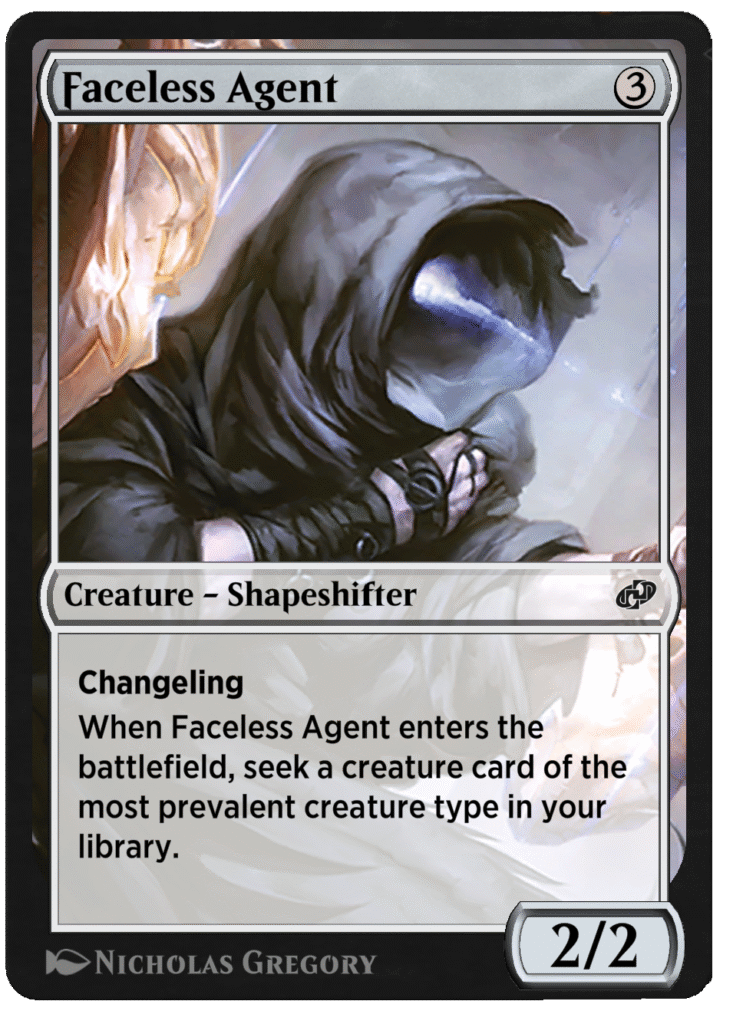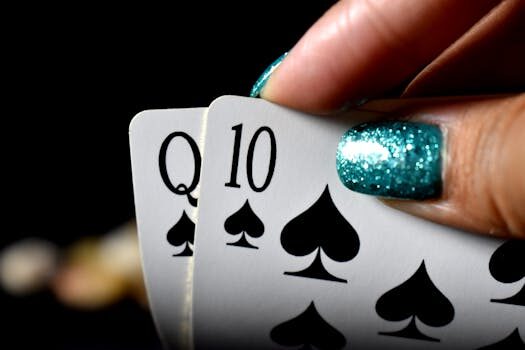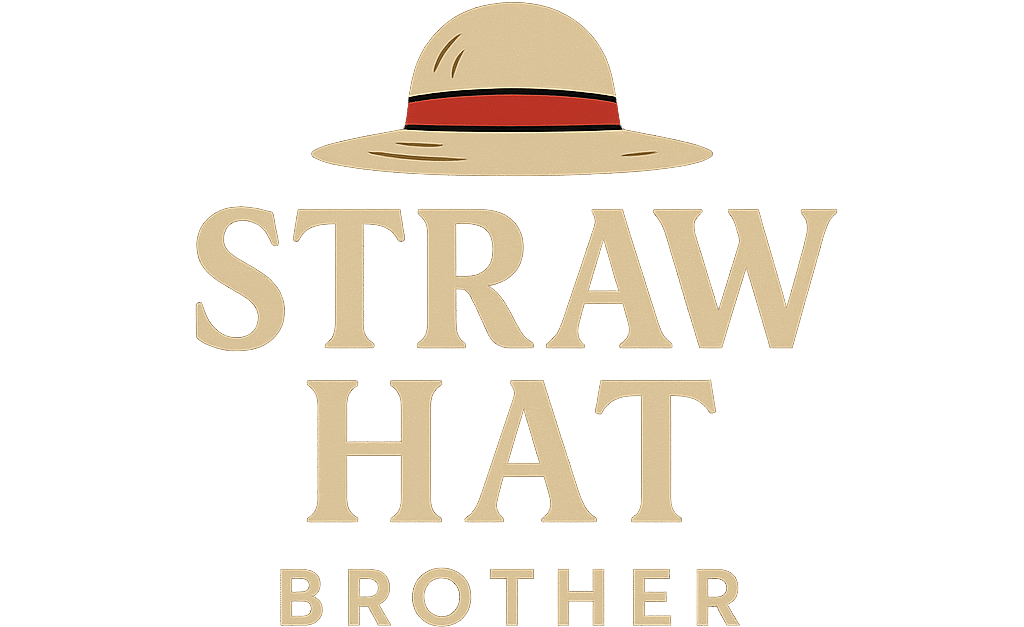
In the ever-evolving landscape of Magic: The Gathering (MTG), the role of banned and restricted cards is pivotal in maintaining the game’s health and competitive balance. These measures help ensure that no single card or strategy can dominate the play environment, thus preserving the strategic diversity that is the hallmark of this iconic game.
While the community may have mixed feelings whenever a ban is announced, it’s undeniable that such interventions are crucial for the game’s longevity. Let’s delve into the intricacies of these lists and their impact on gameplay across various formats.
What are banned and restricted cards?
Banned and restricted cards in Magic: The Gathering represent the game’s regulatory framework aimed at maintaining a balanced competitive scene. Banned cards are completely prohibited in certain formats, while restricted cards are allowed but limited to one copy per deck, primarily in the Vintage format. This distinction ensures players can enjoy a fair and fun gaming experience.
The rationale for these designations can vary but often revolves around a card’s power level, potential to disrupt game balance, or even, in rare cases, offensive content. Understanding the distinction between banned and restricted cards is essential for any MTG player invested in the game’s competitive aspects.
For a new player, the concept of banned and restricted cards might seem daunting. However, it’s all part of the game’s complexity and depth, which has kept players engaged for decades. In the sections that follow, we explore the reasons behind such measures and their implementation.
Why are certain cards banned in MTG?
The primary reason cards are banned in Magic: The Gathering is to prevent a single card or strategy from overpowering or warping the game. When a card significantly outperforms others or creates an unfun, non-interactive experience, it may be considered for banning to keep the game enjoyable and diverse.

Wizards of the Coast, the creators of MTG, are committed to ensuring that players have access to a wide range of strategic options. When a card disrupts this balance, it can deter players from exploring different decks and strategies, potentially leading to a stale metagame.
Additionally, cards are sometimes banned for reasons beyond gameplay, such as when they contain imagery or text considered offensive. These instances are less common but still an important part of maintaining the integrity and inclusiveness of the game community.
How often are ban announcements made?
Ban announcements in MTG are typically made several times a year, following a regular schedule or in response to emergent gameplay issues. Wizards of the Coast monitors tournament results, community feedback, and gameplay data to determine when changes to the banned and restricted lists are necessary.
While some players might find frequent changes disruptive, these adjustments are vital for keeping the game fresh and exciting. The company strives to provide advance notice where possible to allow players and tournament organizers to prepare for these changes.
What are the most recent bans in 2025?
The 2025 mid-year update to the banned and restricted lists has brought significant changes across several formats. In Standard, the inclusion of cards like Cori-Steel Cutter and Abuelo’s Awakening on the banned list showcases Wizards of the Coast’s commitment to preserving game balance and diversity.
It’s notable that the recent bans were influenced by the Tarkir: Dragonstorm set, which amplified certain deck archetypes to the point of diminishing the format’s diversity. This proactive approach by MTG’s governing body serves as a testament to the ever-watchful eye on game health.

Which formats are affected by banned and restricted lists?
While all constructed formats in Magic: The Gathering are subject to banned and restricted lists, the impact varies. For example, the Standard format often sees the most frequent changes due to its smaller card pool and the cyclical nature of set releases and rotations.
The Vintage and Legacy formats are also affected, albeit less frequently, as their vast card pools and powerful synergies can lead to broken or unintended interactions that necessitate restrictions or bans.
Formats such as Commander have their own unique banned list, reflecting the format’s social and casual nature, while still maintaining a balanced gameplay experience for players.
How do banned cards impact gameplay?
Banned cards significantly impact gameplay by altering the competitive landscape. A ban can shift the meta, opening up space for new decks to emerge and previously overlooked cards to shine. This dynamic keeps the game fresh and exciting, as players must continuously adapt their strategies in light of the changing card pool.
 OP06-002 Inazuma Card | One Piece Card Game
OP06-002 Inazuma Card | One Piece Card GameFrom a player’s perspective, a ban can be disheartening if a favorite deck is affected. However, it’s also an opportunity for creativity, as players explore new combinations and strategies in response to the evolving gameplay environment.
What is the process for determining bans?
The process for determining bans in MTG is meticulous, involving extensive playtesting and analysis by Wizards of the Coast’s design teams. They consider factors such as a card’s performance in tournaments, its impact on the metagame, and feedback from the player community.

Decisions are not made lightly, and the team often provides detailed explanations for bans to ensure transparency. The goal is always to maintain a balanced, fun, and diverse gaming experience across all formats.
Frequently asked questions about MTG card restrictions
What’s the difference between banned and restricted?
Within the context of Magic: The Gathering, the difference between banned and restricted cards lies in their allowance in play. Banned cards cannot be used in a format’s deck, whereas restricted cards can be included but are limited to a single copy. This distinction is crucial in formats like Vintage, where the power level of cards can vary significantly.
The decision to ban or restrict a card is based on its impact on competitive play. By limiting the number of copies of a powerful card, the game designers can mitigate its effect without outright removing it from the format.
Why is a card restricted instead of banned?
A card is typically restricted instead of banned when its power level is acknowledged, but an outright ban would be too drastic. Restricting a card allows it to remain a part of the format’s ecosystem, contributing to the strategic depth without allowing it to dominate.
This approach is often seen in Vintage, where the restricted list is a testament to the format’s history and power level, allowing players to still experience the thrill of playing with iconic, powerful cards in moderation.
Which MTG cards are currently restricted?
The list of currently restricted cards in MTG is dynamic and can change with each update. As of the latest announcements, players can refer to the official Wizards of the Coast website or trusted community resources for the most up-to-date information on which cards are restricted in their preferred format.

It’s essential for competitive players to stay informed about these changes to ensure that their decks are legal for tournament play and to understand the strategic implications of each update.
Are banned cards worth anything?
Banned cards can still hold value, despite being prohibited in competitive play. Collectors may seek out banned cards for their historical significance, artwork, or rarity. Additionally, these cards can often be used in casual playgroups or other formats where they are not banned.
It’s important to remember that a card’s value is not solely linked to its legality in competitive play; factors such as condition, edition, and scarcity also play significant roles in determining a card’s worth.
One of the recent discussions in the MTG community is highlighted in this insightful video, offering a closer look at the impact of card bans and restrictions:
To conclude, the banned and restricted cards in Magic: The Gathering are critical tools in the ongoing effort to preserve the game’s competitive balance and diversity. By understanding these lists and the reasoning behind them, players can better navigate the competitive scene and engage with the game on a deeper level.

